- Home
-
Admissions
-
Academics
-
Students
-
Research
-
Research Centers
- Cancer Research Center
- Center for Excellence in Development Disabilities Education, Research & Service (CEDDERS)
- Center for Island Sustainability (CIS)
- Marine Laboratory
- Micronesian Area Research Center (MARC)
- Water and Environmental Research Institute (WERI)
- Western Pacific Tropical Research Center (WPTRC)
-
Research Centers
-
Outreach
- Giving
- Alumni
-
About
You are here
Division of Mathematics and Computer Science
Division of Mathematics and Computer Science
Division of Mathematics and Computer Science
-
Undergrads travel to Seattle for world's largest meeting of mathematicians
-
Data science students analyze Guam health data and present findings at biomedical research conference
-
Computer science students engineer software for car rental agency
-
UOG sets the stage for STEM careers with high school Math Day
-
Nothing is Mpox-ible: Students delve into real-world problems using math
-
UOG launches new data science and library science master's programs
-
UOG alum becomes physician assistant and begins certification in life-saving surgeries
-
Summer REU teaches undergrads, high schoolers to solve real-world problems using math
-
Students gain exposure to new math concepts from visiting Boston professor
-
CNAS Math Day engages more than 100 teens
Young Scholars Research Experience in Mathematics
The Young Scholars Research Experience in Mathematics (YSREM) program works in conjunction with the University of Guam’s Research Experiences for Undergraduates (REU) program on game theory, graph theory, and coding theory, which will run concurrently as a single program. The program is supported by UOG Cooperative Extension & Outreach and the Division of Mathematics & Computer Science under Guam's Land Grant at the UOG College of Natural & Applied Sciences.
The YSREM program provides students hands-on engagement on theoretical and computational research to improve problem-solving, communication, and computer programming skills.
Game Theoretical Models of Disease Prevention
With Dr. Hyunju Oh, Dr. Leslie Aquino, Dr. Jan Rychtar, and Dr. Dewey Taylor
The students will pick a preventable disease of their interest, do a literature search and build a compartmental ODE (ordinary differential equation) model incorporating the disease prevention. Students will solve for disease-free and endemic equilibria and determine conditions for their stability using the effective reproduction number. They use these results to get an incentive function which quantifies the net benefits of the preventive actions compared to the net benefits of no action at all when the population vaccination coverage (or the average use of the preventive action) is p. The incentive function is typically decreasing and concave down on the interval [0, p0] where p0 is the population level of preventive action needed for disease elimination. The solution of the game, the Nash equilibrium, is given as the (unique) root of the incentive function. Students also typically have to carefully calibrate the ODE model; and they perform sensitivity and uncertainty analysis as well as validate the model and its findings of independent sets of data.
Applied Graph Theory: Analyzing Sudoku Boards
With Dr. Raymond Paulino
Sudoku is a popular logic-based puzzle game. The most commonly played size is on a 9 × 9 board, each row, column, and marked 3 × 3 block must contain the numbers 1 through 9. The goal is to place the numbers from 1 − 9 into the empty cells in such a way, that in every row, every column and every region (3 × 3 block) each number appears only once. In general a sudoku board can be formed for any n ∈ N, with the resulting board having n blocks of size n × n and total size n2 × n2. The technique of deletioncontraction can then be used on a partially colored graph, similar to Sudoku, to generate a partial chromatic polynomial. These polynomials provide information about the Sudoku game board and may indicate the number of valid solutions for a given puzzle.
The main objective of this porhect is to provide students with an insight of graph theory and its application in proper graph coloring. Students will be exposed to concepts in basic graph theory, and may include some linear algebra and abstract algebra. With the use of original-Sudoko and generated-Sudoku puzzles, students will calculate the partial chromatic polynomials of each puzzle to see if the puzzle is solvable. Furthermore, they will analyze whether the solvable board puzzles have a unique solution or many solutions.
Archive of Past Projects
2023
Game Theoretical Models of Disease Prevention
With Dr. Hyunju Oh, Dr. Leslie Aquino, Dr. Jan Rychtar, and Dr. Dewey Taylor
The students will pick a preventable disease of their interest, do a literature search and build a compartmental ODE (ordinary differential equation) model incorporating the disease prevention. Students will solve for disease-free and endemic equilibria and determine conditions for their stability using the effective reproduction number. They use these results to get an incentive function which quantifies the net benefits of the preventive actions compared to the net benefits of no action at all when the population vaccination coverage (or the average use of the preventive action) is p. The incentive function is typically decreasing and concave down on the interval [0, p0] where p0 is the population level of preventive action needed for disease elimination. The solution of the game, the Nash equilibrium, is given as the (unique) root of the incentive function. Students also typically have to carefully calibrate the ODE model; and they perform sensitivity and uncertainty analysis as well as validate the model and its findings of independent sets of data.
Model of Insect Invasion
With Dr. Hyunju Oh, Dr. Leslie Aquino, Dr. Jan Rychtar, and Dr. Dewey Taylor
Ideally, we would like to create and solve a general “insect invasion prevention game” in which several different entities with different interests interact and potentially try to eliminate the insect or at least curb the negative effects of the invasion. We will build on the [insect] population dynamics (as provided) and incorporate the game and the players to see what the optimal actions are and what kind of central action should be taken to curb negative impacts of the insects on local agriculture and economy as a whole.
Magic Tricks on Codes over Finite Fields
With Dr. Hideo Nagahashi
Coding theory, and its application to recreational mathematics–magic tricks–is well suited for students’ first encounter with mathematical research. In coding theory we study the codes used for the error detection and correction of data transmission. When the audience intentionally tells lies replying to the magician’s questions, it can be considered as errors, and the error detection and corrections are interpreted so that magicians figure out the correct response to surprise the audience. The goal of the project is to create original magic tricks using various (existing or new) codes.
Students will encounter various examples of codes such as Hamming, BCH, Reed-Solomon and Golay codes. While learning code theory, students will review linear algebra and learn some concepts of abstract algebra such as the ring of integers modulo n, finite fields, and polynomials. Students will also learn the computational tool (SAGE Math) to understand and test codes. Applying code theory in this manner strongly motivates students to learn advanced algebra, and helps them to improve their creative and independent skill for doing mathematical research.
Colorings and Matrices of Graph Power
With Dr. Raymond Paulino
The main objective of this project is to investigate connections between the adjacency and/or Laplacian matrices of graph G , its powers Gk, and the chromatic numbers of G and Gk. Students will study the spectrum of adjacency and Laplacian matrices of Gk for a fixed graph G and increasing k=1,2…,d, where d is the diameter of G, i.e., the maximum distance among all the vertices in G. The students will look for analogues of that sequence for the spectra of AGk and LGk.
In this project, students will draw and visualize graphs using online computer software such as SAGE Math. Students will then look at connections between the matrices and chromatic numbers of the graphs. Students will discover that with certain types of graphs, the spectrum of the adjacency matrix can provide upper and lower bounds for their chromatic number. While learning graph theory with matrices, students will be introduced to selected topics from linear algebra. Graph theory and its applications encourages students to improve their creativity and their interest in mathematics.
Participants must be:
- U.S. citizens or permanent residents in the 10th-12th grades
Prerequisite: Calculus I (Grade B or better) or AP Calculus A/B
Applications are especially encouraged by students who identify as an underserved native Pacific Islander or as a minority student from schools with limited access to research opportunities and current sophomores, juniors, and seniors.
AT A GLANCE
Who: 10th through 12th grade high school students in Guam
When: 9 a.m. - 5 p.m. on weekdays from May 28 - July 20, 2024
Modality: In-Person
Stipend: $1,500 (must have a SSN to receive)
Deadline to Apply: May 12, 2024
Questions? Email mathreu@triton.uog.edu

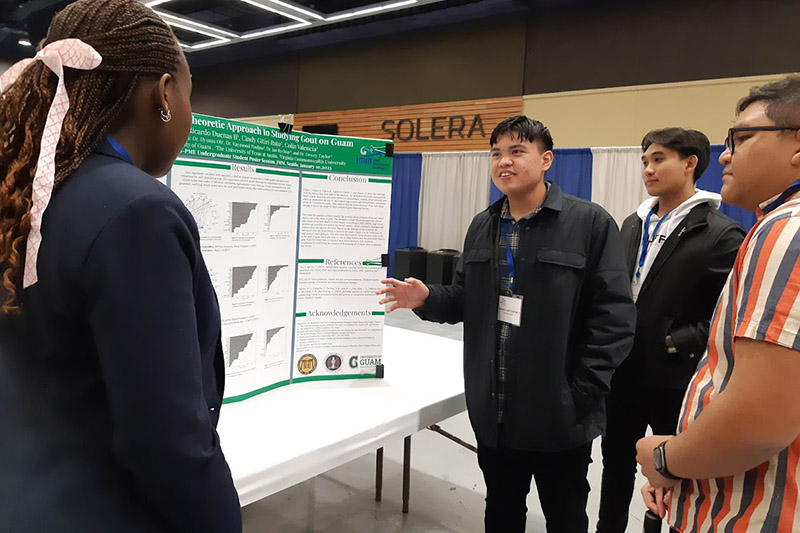
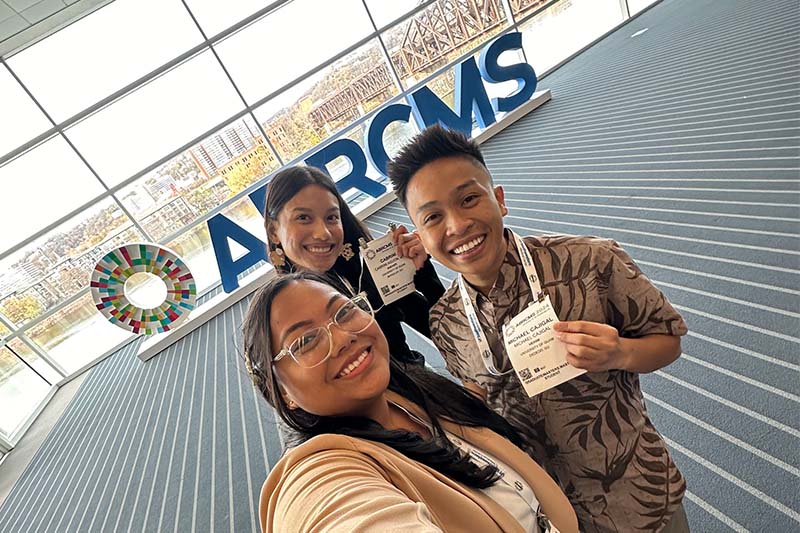
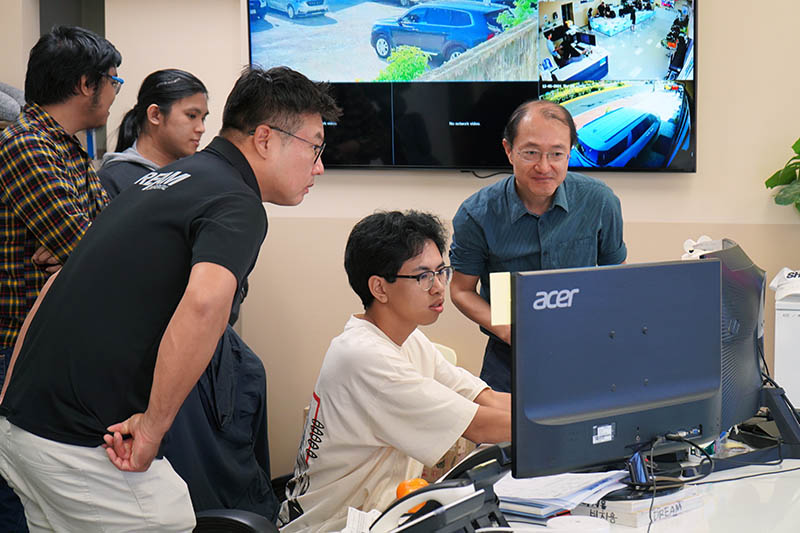
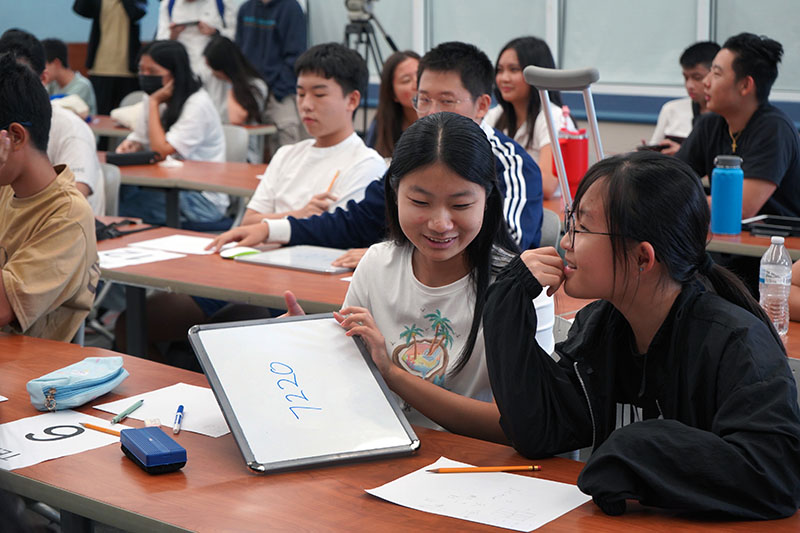
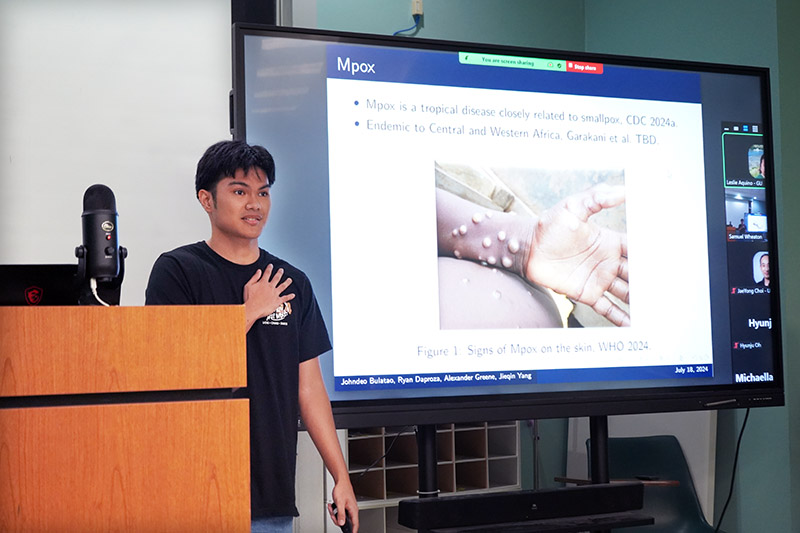
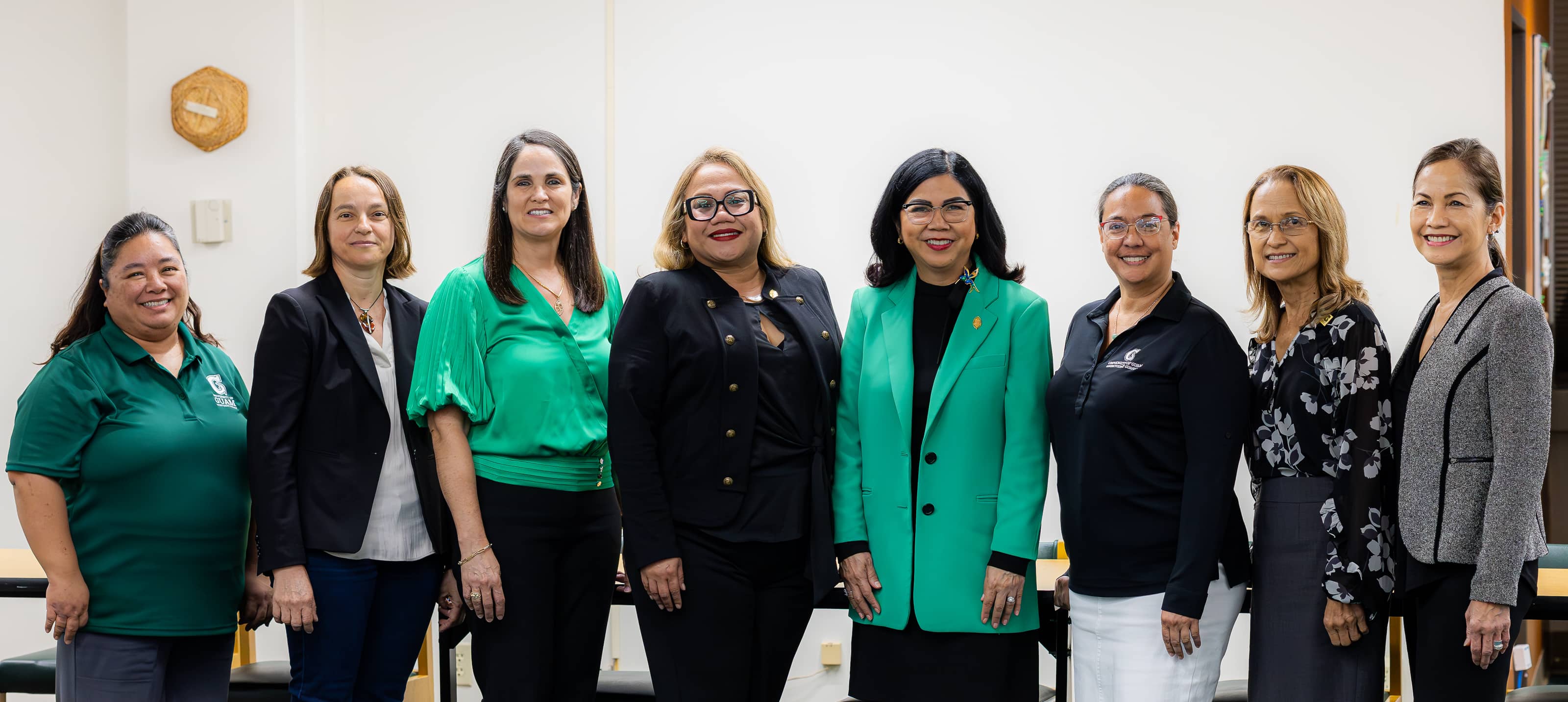
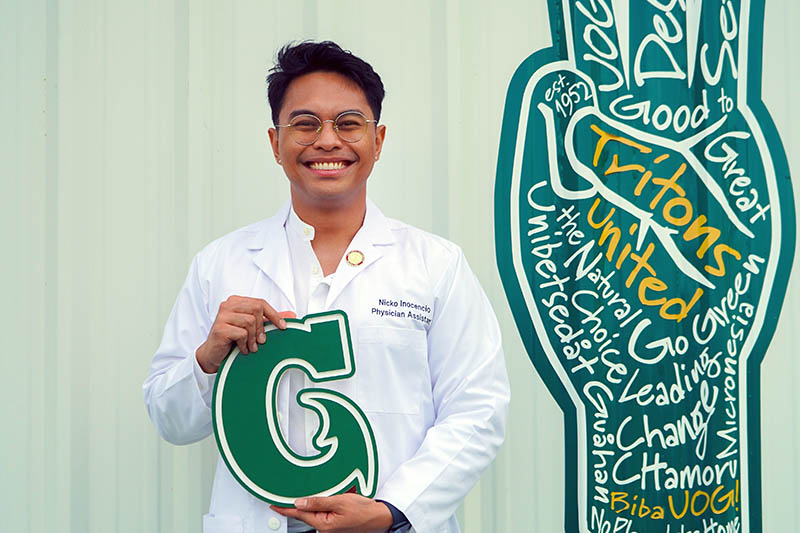
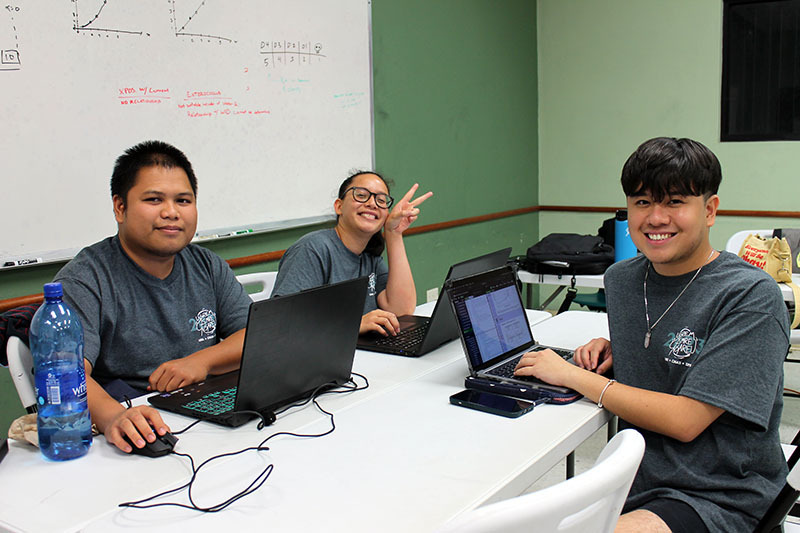
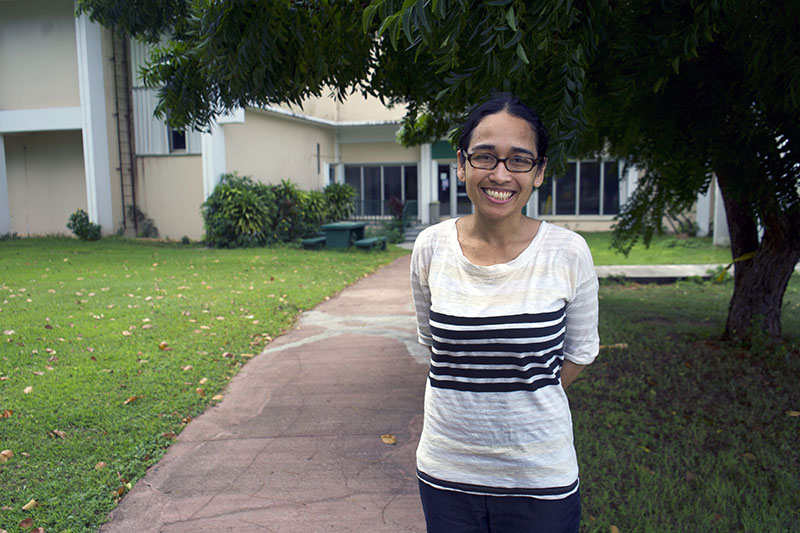
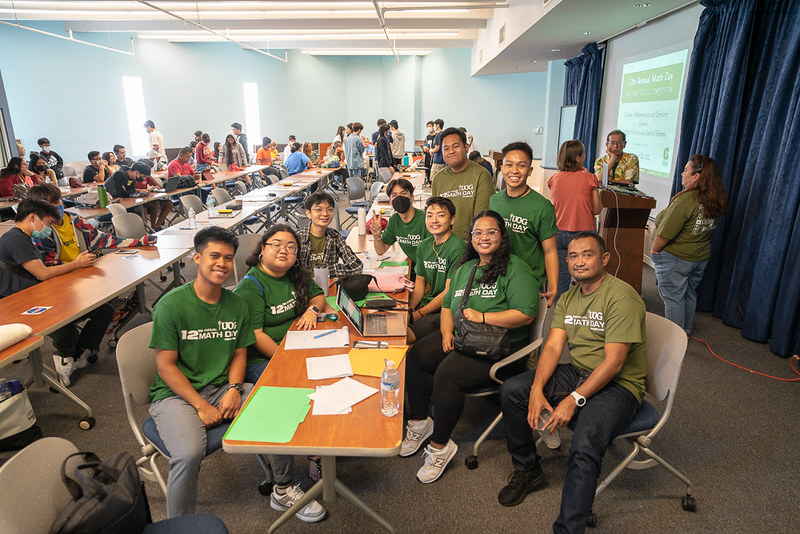
 Application deadline: May 12, 2024
Application deadline: May 12, 2024